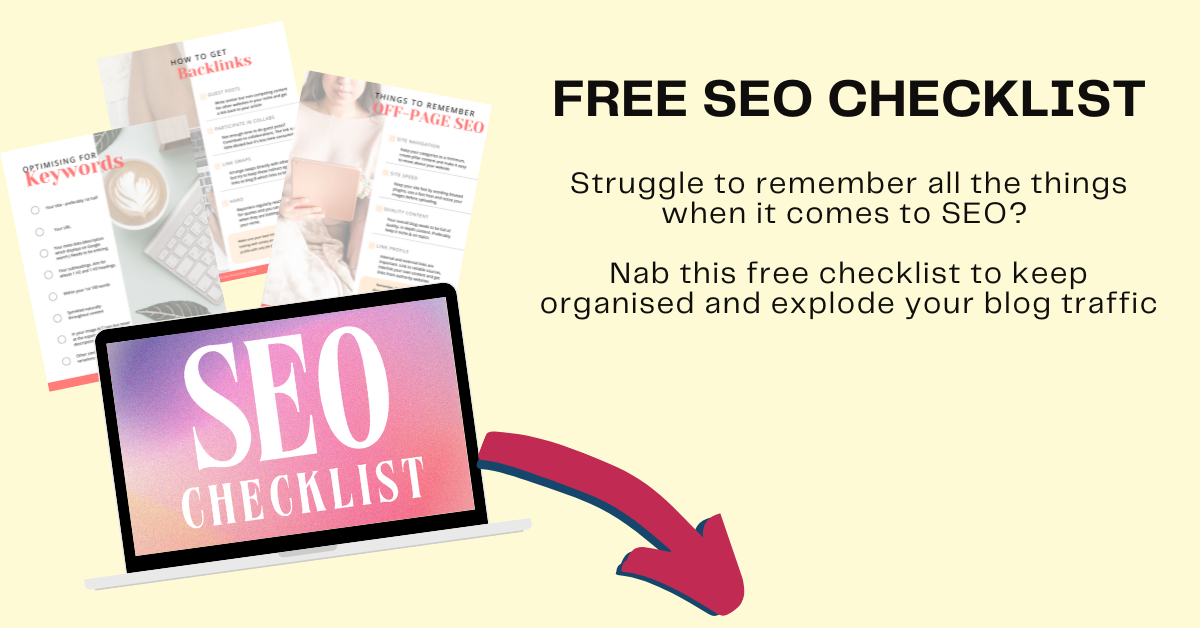There are a handful of people who have figured out how to use eight or ten or even a dozen social media platforms well, but it’s an art. And most people simply don’t have the time to devote to maintaining an effective presence among many platforms.
So how do you know where to go? With the exception of Facebook, there is not *one* platform that every business should be on. (In fact, there are some that don’t really need to be on Facebook, but that’s a separate post.) Since most people already know all about Facebook I will focus on a couple of the others that I think many, if not most, business would be wise to investigate and invest some time in.
YouTube. More than 3 BILLION videos are viewed on YouTube every day. It’s fairly easy to post videos that relate to your company’s products or services. Even two-minute homemade videos can inform your customers and even inspire virality. We use YouTube as a resource for our users, uploading all sorts of quick how-to-use-videos and tutorials. It’s also where we store our weekly get-started webinars.
Twitter. People either love Twitter or they hate it (or, more accurately, they “don’t get it”). If you’re in the latter camp, we urge you to commit to it for a few weeks and then see what you think. By committing we mean target a few key players in your business segment, follow them, and see how they reach out to their customers. Read the content they link to. Chances are this exercise will give you some ideas about how to better market your own brand or service. At first it will be confusing. Following people on Twitter is like getting a glimpse into some weird secret world ( in a good way) where people are sharing all sorts of great information.
LinkedIn. This social network is mistakenly thought of as a job-hunting website. It’s much, much more. Once you set up a profile for your business, look for LinkedIn groups that are related to your business. They exist so that professionals in specific fields can meet virtually to discuss issues related to their industries. By joining and then participating with groups you can stay current with what’s happening in your industry. Of course it’s also great for networking.
Google +.Google + hasn’t attained the popularity of Facebook, or Twitter, but, come on: it’s Google. As of today it has 400 million users and it’s only a matter of time before oodles more people are on it. In the meantime, why not get a jump start and at least establish a profile for yourself and make it a place where you can initiate conversations with your customers. Establishing “circles” on the platform will allow you to target various marketing messages to specific groups of customers.
Instagram. Instagram, the photo-sharing site, makes it super easy and fun. Lots of businesses were early Instagram adopters and you can see some of the innovative ways they use the app here. Some of them might inspire you.
The key with all of these platforms — and with any social media you engage in — is to make your message integrated across all of them. On your Facebook Page you should have links to your website and make it easy for people to follow you on Twitter. On your Twitter profile you should have a link to your website or blog. On your blog you should have a sign-up for your newsletter. And so on….
Now we want to know: what social media platform(s) works best for your business? Have you invested time or money in one that ultimately didn’t pay off? Are there other social media networks that you’re curious about? Let us know!
GET YOUR FREE E-BOOK
Easily increase traffic to your site from social media following our actionable and effective tips.
Download our cheatsheet and see results immediately.
To your success,










